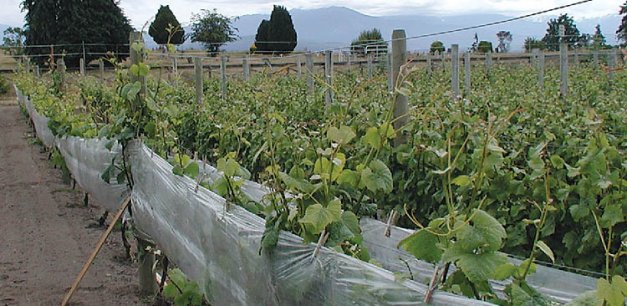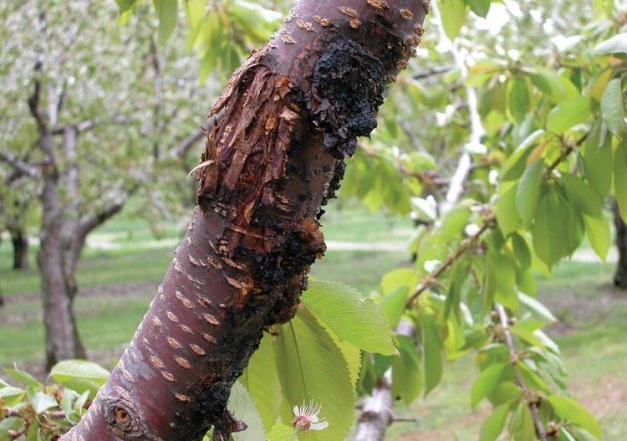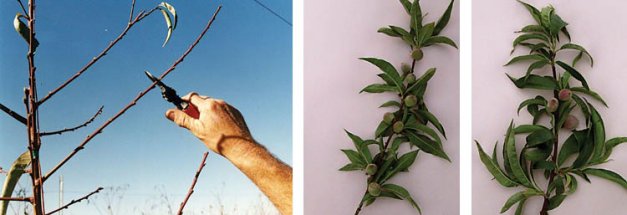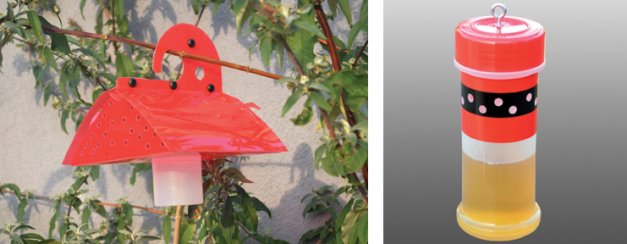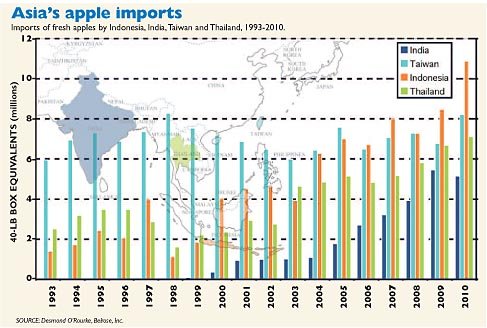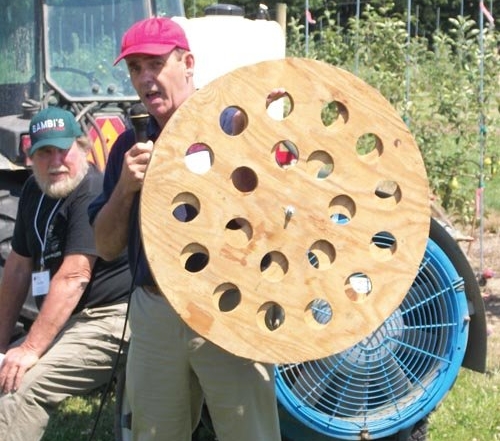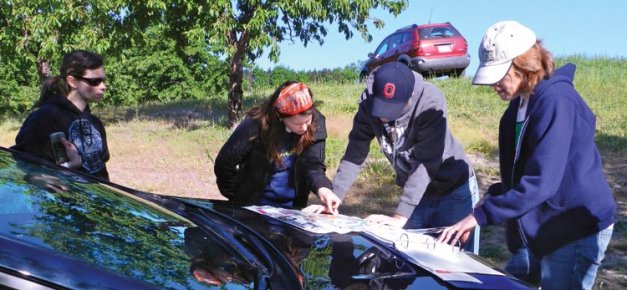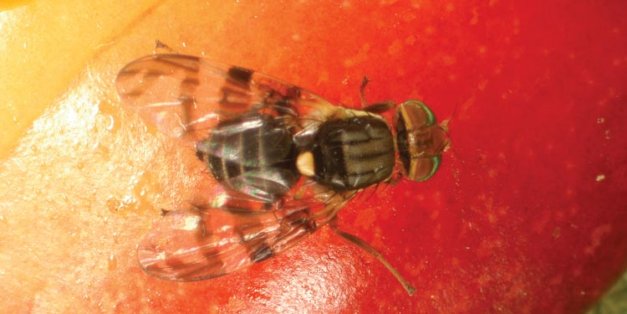Project Description
Pest Management
Featured stories about pest management appear in this issue.
Click here to view a PDF version of this issue.
In My View: Optimistic about pears
This winter, I was pleased to address a large number of growers at North Central Washington Pear Day in Wenatchee. The title of my talk
Certification not unique to produce
Agriculture, with its various food safety and sustainable production standards now required by many retailers, is not the only industry subject to standards. Hundreds of
Food Safety Committee guides research
The Pacific Northwest Food SafetyCommittee, an industry advisory group representing tree fruit growers, packers, and researchers, was organized in 2007 to guide the Northwest tree
Extension leader has ambitious goals
Dr. Des Layne, Washington State University’s new and first tree fruit extension team leader, began work on February 1 with no modest ambition in mind.
U.S. pears head to China
The Pear Bureau Northwest is giving this framed God of Fortune poster to Chinese importers to demonstrate the profit opportunities for U.S. pears. Photo courtesy
Enveloping vines in warmth
Washington’s Olympic Peninsula is on the edge of being able to successfully ripen many traditional wine grape varieties. And when you combine a marginal heat
A new tool for IPM
Left: Syrphid fly (also known as hover fly) larvae or maggots like this are voracious predators of aphids. Center: Syrphid flies feed as adults
Bacterial canker
A classic bacterial canker symptom showing cankers and gummosis of woody tissue.PHOTO COURTESY OF MICHIGAN STATE UNIVERSITY The weather turned hot and dry—conditions
Topping shoots
Left: The control vines of Madeleine Angevine, not tented. Right: This photo was taken the same day in August as the Madeleine Angevine control
Bug pheromone studied
In tree fruit pest management, most monitoring and mating disruption technologies are based on pheromones that female insects release to attract males. For example, sex
Last Bite: Do you know your pests?
1 In which plant has the brown marmorated stinkbug been most commonly found in Oregon? a. Tree of heaven b. Hop c. Cherry d. Holly
Good job
Cherry blossoms being protected by ice during an early April cold snap. Cherry orchard owned by Andy and Sheila Slinkard, located near Basin City, Washington.
Shorten laterals to cut thinning costs
Left: Shortening laterals in winter reduces the initial fruit load. Center: Laterals always have more fruit than is desired. This lateral needs to be
Good to Know: New traps and lures for tree fruit pests
Left: Figure 1. Ajar trap for oriental fruit moth with exclusion holes. Right: Figure 2. Zorro trap for spotted wing drosophila.PHOTOS BY ALAN KNIGHT
Stinkbug is strong flier
The stinkbug injects saliva into the fruit and then sucks out the juice, causing brown areas in the flesh that can resemble bitter pit. PHOTOS
Good Point: Forecasting future Asian import demand
More information on the study is available on the Web site www.e-belrose.com or by sending an e-mail to belrose@pullman.com. Leading deciduous fruit exporters around the
The Top Five
Before you buy a new orchard sprayer, you’ll want to think about it a bit. A sprayer is a major investment, about $50,000, not something
Speak out
Proposed regulations to implement the Food Safety Modernization Act could bring dramatic changes to the growing, harvest, and packing of tree fruit. Although state, regional,
Air volume should match canopy volume
As growers move to modern, high-density planting systems to improve yield and orchard management, they need to match the sprayer output to the modern canopy.
For the birds
Preliminary estimates of bird damage to fruit crops made during 2012 show what fruit growers already know: Fruit production can be for the birds—at least
One last Guthion spray
Fruit growers in Michigan can use existing stocks of the insecticide azinphos-methyl (Guthion) one more time before it is phased out at the end of



